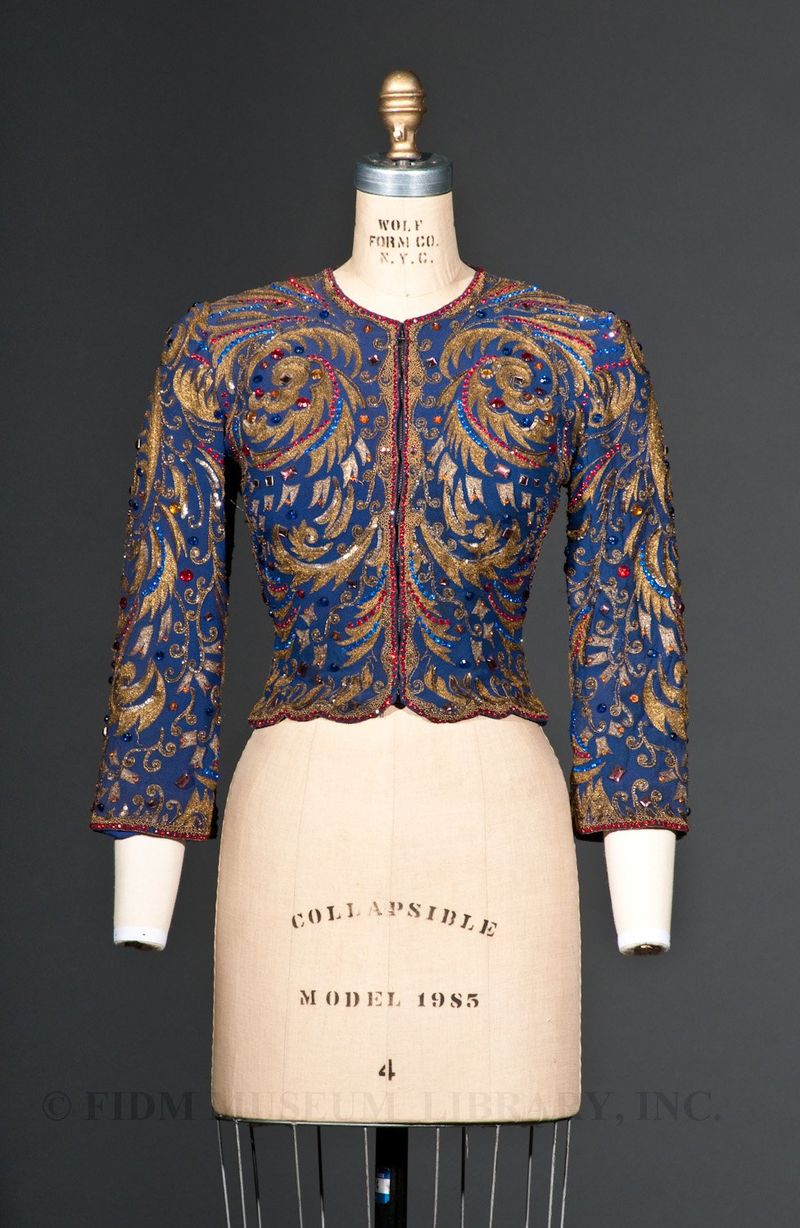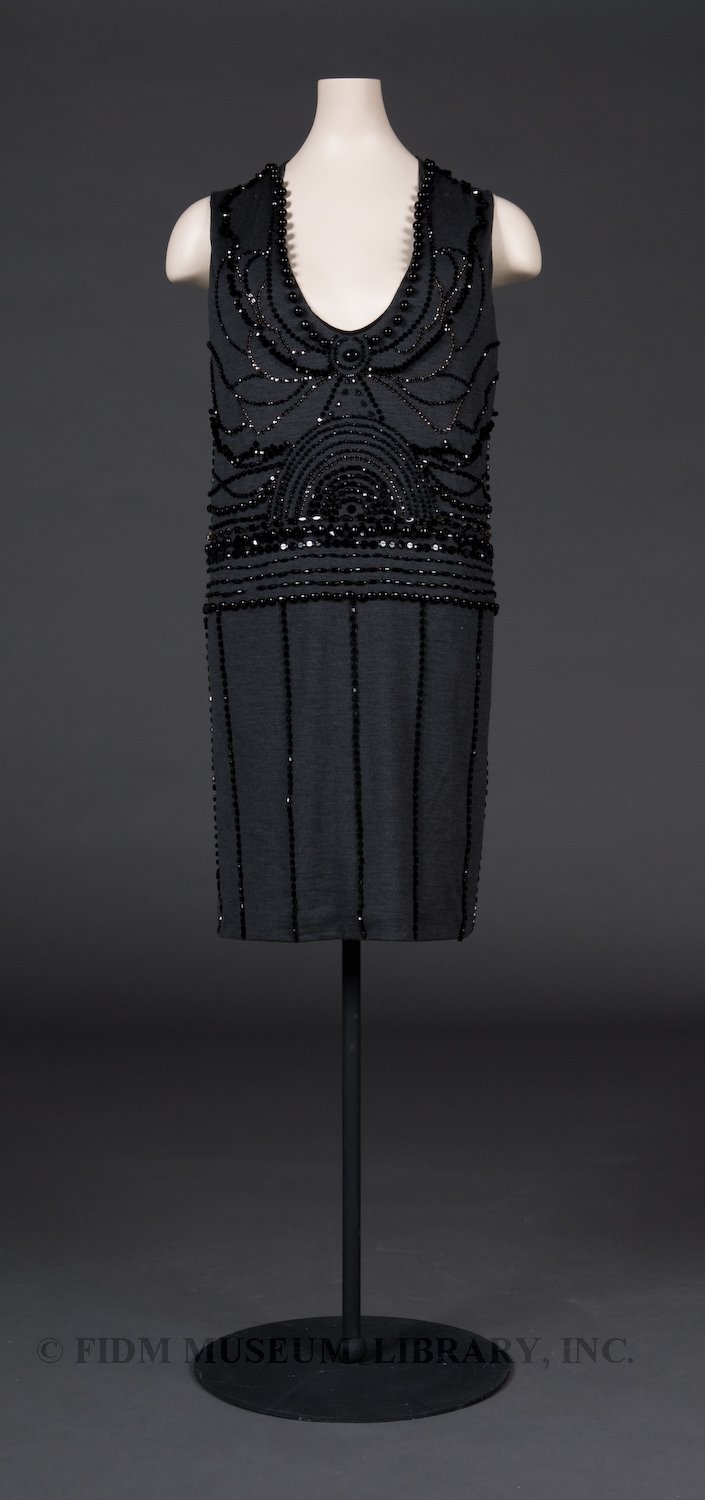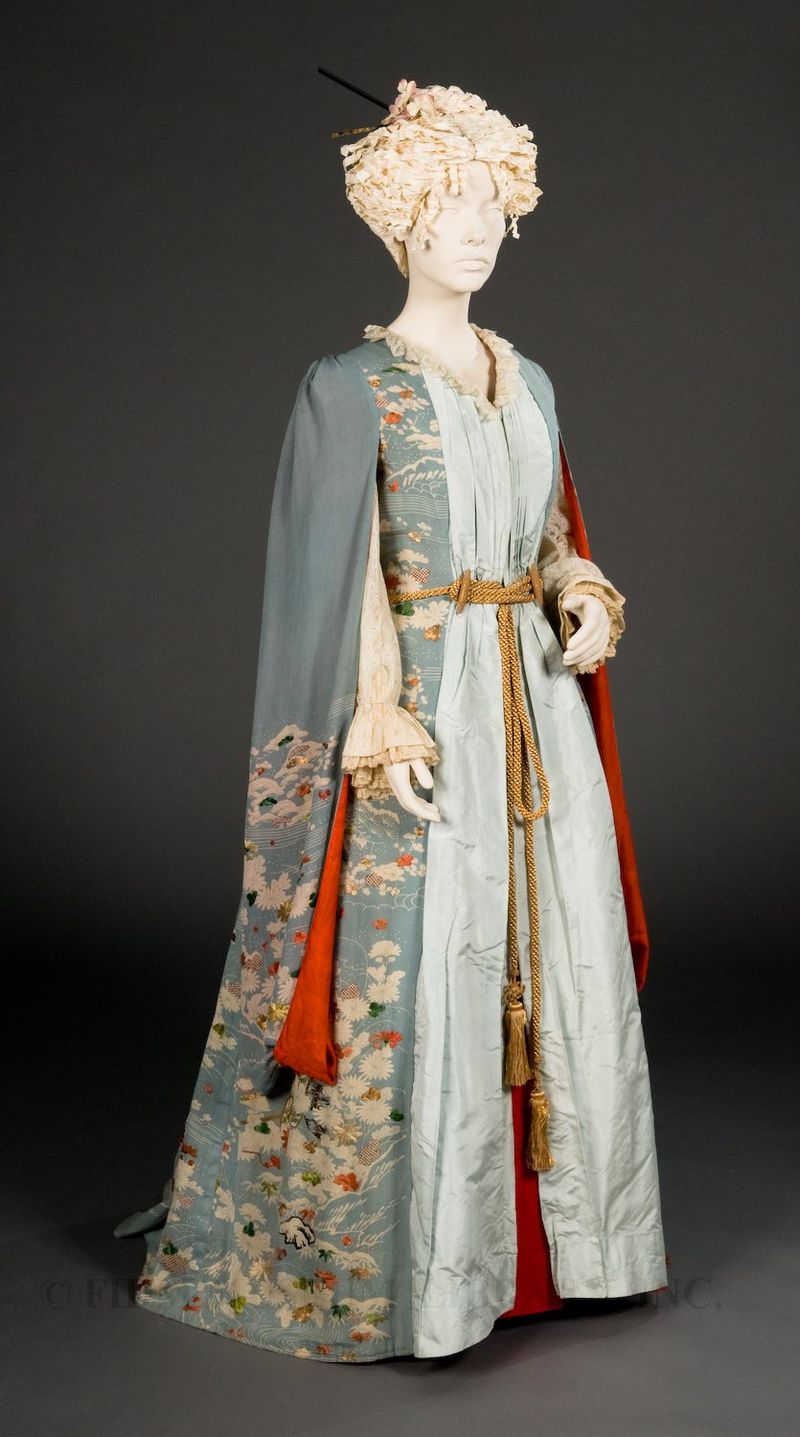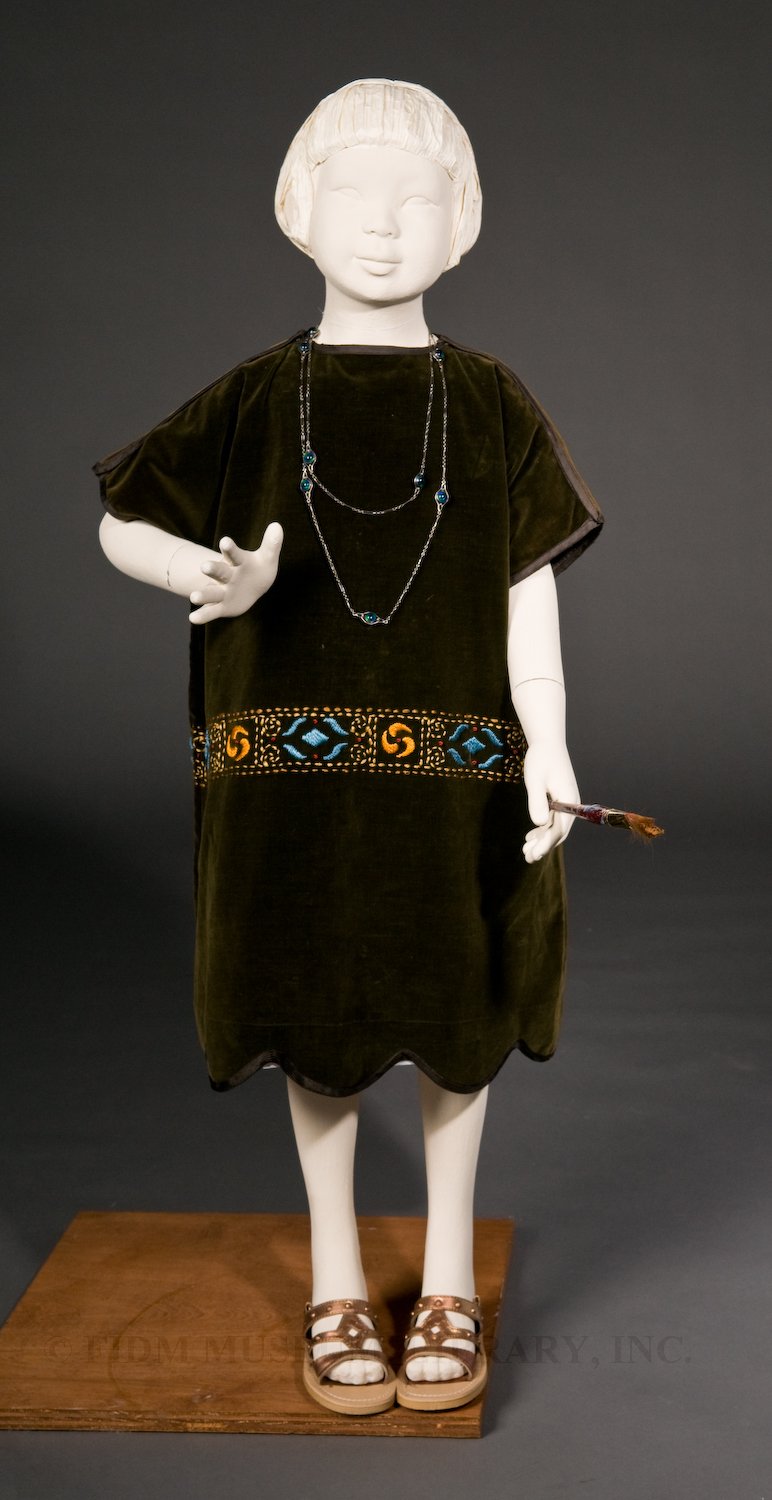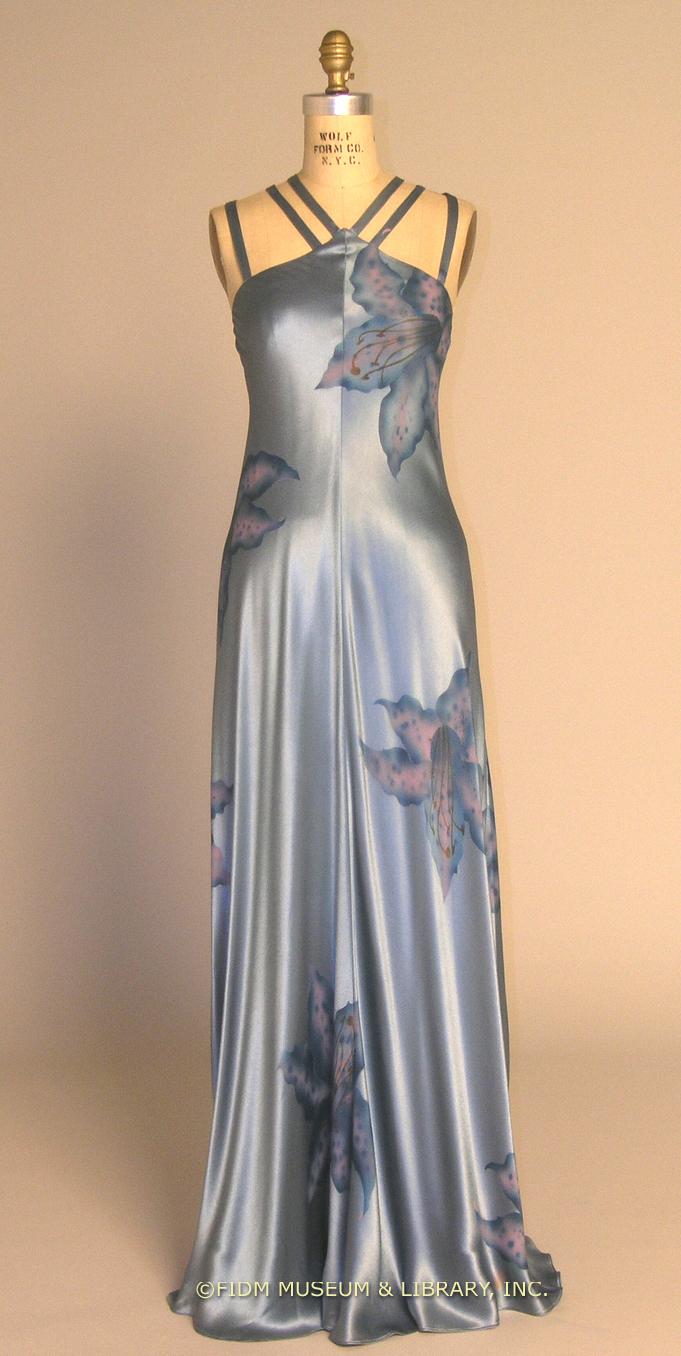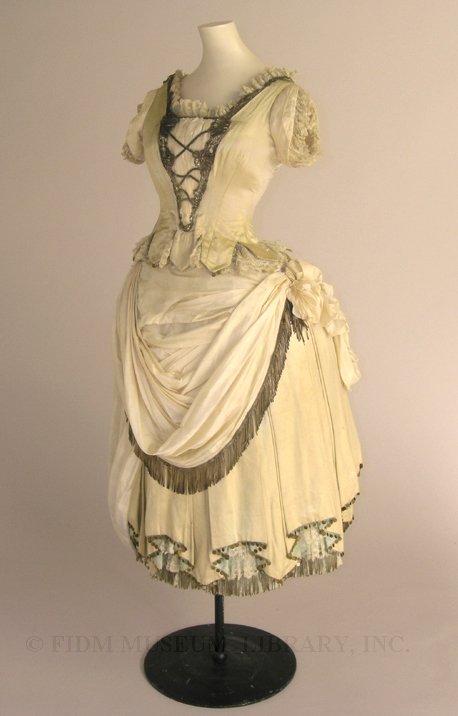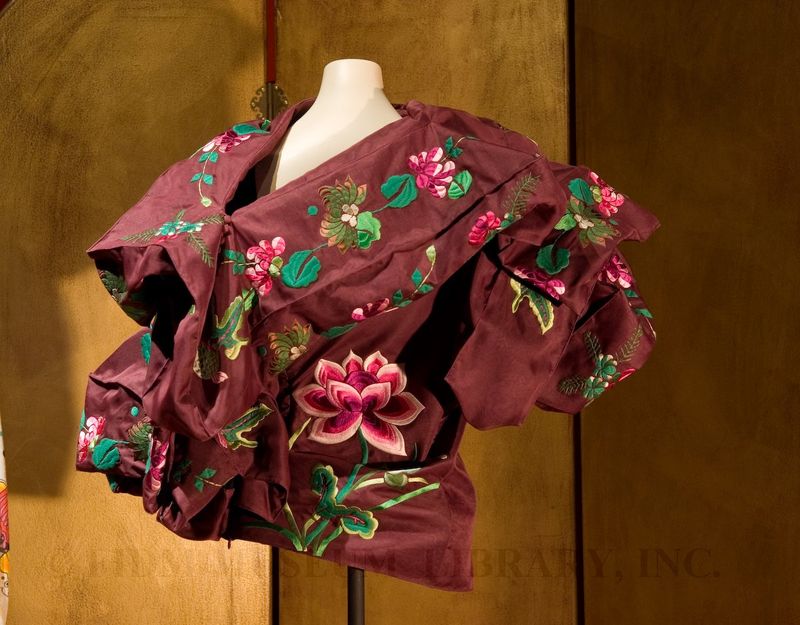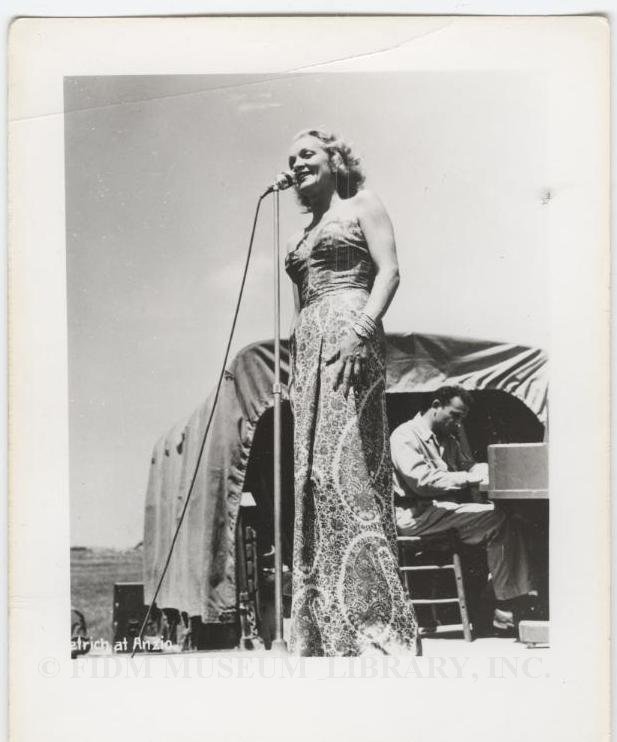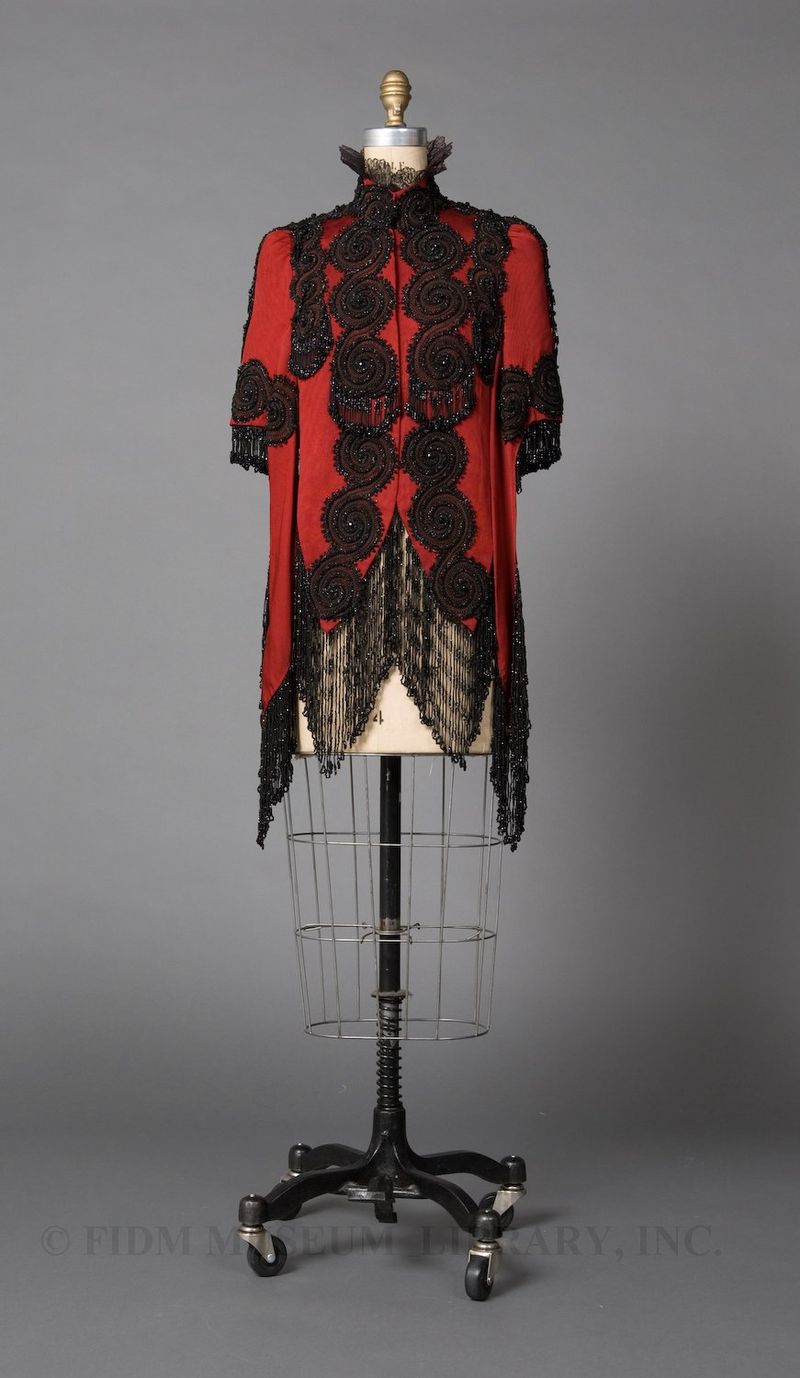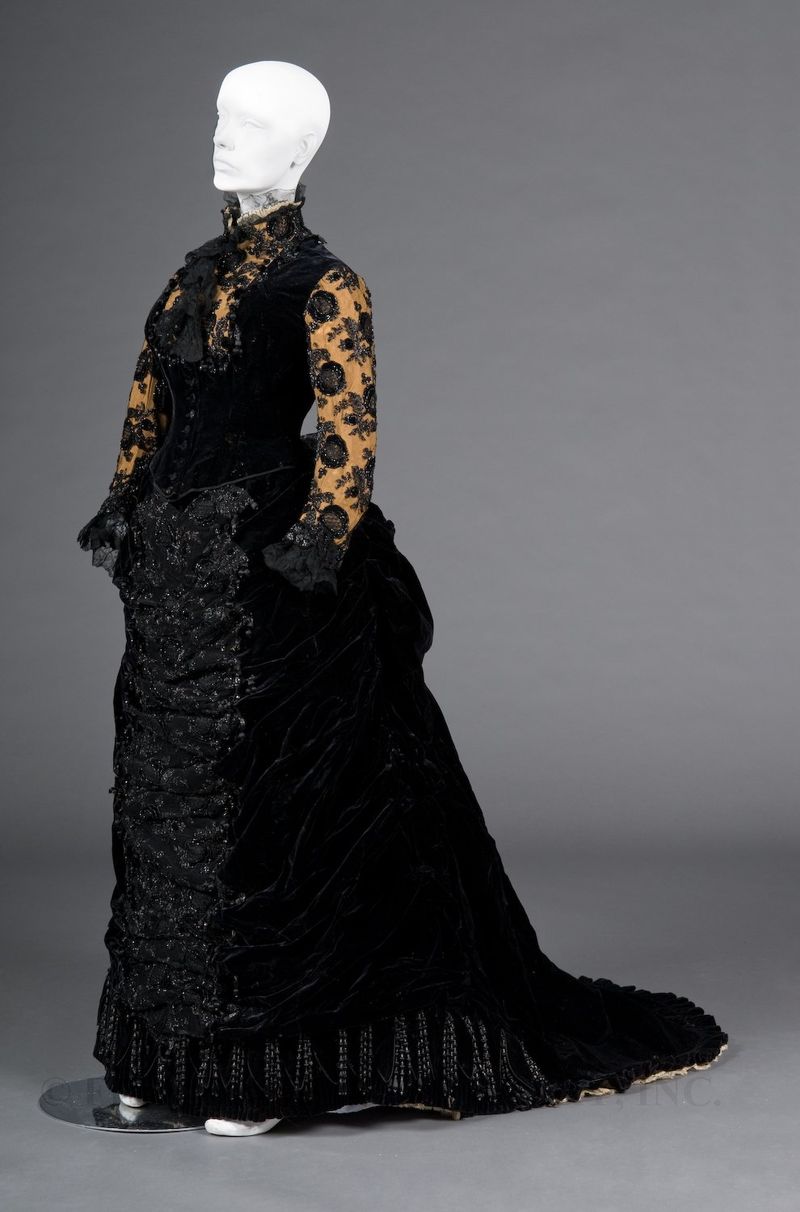This website uses cookies so that we can provide you with the best user experience possible. Cookie information is stored in your browser and performs functions such as recognising you when you return to our website and helping our team to understand which sections of the website you find most interesting and useful.
Today's post on Howard Greer was written by costume historian Shelly Foote. From 1994-2004, Shelly worked with the Costume Collection at The National Museum of American History as the Assistant Chair in the Division of Social History. Retired since 2004,... Read Article ››
Polonaise bodice
In 1872, fashion periodicals such as Godey's Lady's Book, Peterson's Magazine and Harper's Bazaar were filled with references to various styles of the polonaise dress. Whether a princess, vest, Russian or dolman polonaise, the common... Read Article ››
Lanvin
As designer for Lanvin since 2002, Alber Elbaz has brought new life to what had become a house on the periphery of fashion. Founded in 1885 as a millinery shop, Lanvin flourished under the direction of its founder, Jeanne Lanvin. Lanvin excelled in the... Read Article ››
Ski in fashion
Blouse (detail)1957-1960Mr. DinoGift of Steven Porterfield2007.897.20 Until the 1950s, ski wear consisted of baggy woolen pants and knitted sweaters, topped with a bulky wool overcoat. Though warm and functional, these clothes did nothing to flatter the... Read Article ››
Kimono dressing gown
Japanese styles are always attractive in negligees.-The Delineator, April 1903 Kimono dressing gownc. 1885Gift of Anonymous... Read Article ››
Bohemian dress for children
Bohemians were figures of both fascination and fun in the late 19th and early 20th centuries. A typical Bohemian was often artistically or politically inclined and was willing to step outside the bounds of conventional society. The highest Bohemian ideal was... Read Article ››
Holly’s Harp
Los Angeles based designer Holly Harp (1939-1995) began her fashion career in the late 1960s, designing theatrical, psychedelic clothing for iconic performers such as Janis Joplin and Grace Slick of Jefferson Airplane. Harp's early designs were in tune... Read Article ››
Fancy dress
Contemporary Halloween celebrations offer an opportunity for young and old to dress in costume, but in the 19th and early 20th century, Halloween was primarily geared towards children. Adults who wanted to dress in costume attended or hosted fancy dress... Read Article ››
Orientalism in fashion
For Western artists and designers, one of the most enduringly popular points of inspiration is “The Orient,” resulting in a style called “Orientalism.” In historical terms, the Orient was a broad geographical designation describing the many nations... Read Article ››
Presentations abroad!
As mentioned in this post, FIDM Museum staff are constantly engaged in collection-oriented research. Currently, Christina Johnson (Collections Manager) and Kevin Jones (Curator) are at the Fashion & Materiality symposium hosted by the Centre for Fashion... Read Article ››
Emile Pingat
Unlike his contemporary Charles Worth, Emile Pingat (1820-1901) has been largely forgotten. Pingat was active between 1850 and 1896 and at the time, his reputation was equal to that of Worth. Beginning in the 1870s and ending in the mid-1890s, publications... Read Article ››
Charles Worth
Often called the “dictator of fashion,” Charles Worth (1825-1895) was the preeminent fashion tastemaker of the mid to late nineteenth century. Born in rural England, Worth emigrated to Paris in 1845 and worked in a series of dry-goods and... Read Article ››

